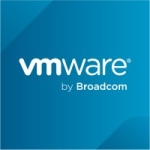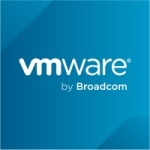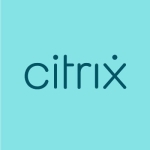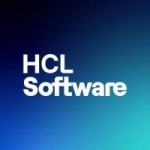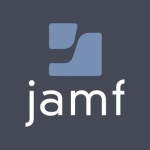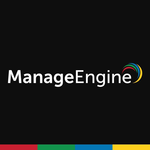What is our primary use case?
It's a SIEM solution. It's a solution used to manage the identity of the users. It also makes a federation for the data applications and gives access to the users, and provisions the users in other applications, including SaaS applications (for example, Microsoft 365, SoundDesk, or Salesforce).
We use it to provide the users a smooth authentication to the applications with, for example, mobile, or a log in with a certificate from the Windows machines.
How has it helped my organization?
Our users have a lot of cloud applications. To manage those, you have to manage all these passwords and users' names and provide access to a lot of services. Potentially, the users could forget their user names and passwords and everything like that. We provide smooth access with mobile SSO to these solutions with one click. The user just opens the catalog applications in the device, and those devices could be, for example, iOS or Android or Windows or macOS or Chrome OS, et cetera. They open the catalog and with just one click on they have access. They don't need separate passwords, user names, et cetera.
What is most valuable?
Its value is when you use it with a Workspace ONE UEM solution as it is part of the ecosystem for VMware Workspace ONE.
Technically speaking, it's a very good product.
The setup of the product is not complex.
What needs improvement?
The license could be better. You can't simply license access to services for devices - you have to license the product to users. The problem with that is some companies don't have licenses for the whole user catalog and just offer licenses for the devices themselves, meaning they aren't directly attached to a user. That's the main problem of Identity Manager.
What do I think about the stability of the solution?
In terms of stability, the performance in the SaaS environment is pretty good. The problem is, with the on-premises version, there can be hardware problems. That said, it depends on the machines that the customer use. Usually, the service is fast and you don't have any problem with the performance. It uses sometimes a lot of resources though.
What do I think about the scalability of the solution?
It's not easy to scale it if you have a setup on-premises as it's necessary to build a cluster, and clusters are not easy to build. However, in the SaaS environment, there is no problem, it's very scalable.
Our company is a small company. We are 200 people. However, I have a lot of customers and a lot of Identity Managers deployed; there are maybe millions of people.
How are customer service and support?
Technical support is not bad, however, they are not as good as it could be.
Which solution did I use previously and why did I switch?
We are currently migrating to Okta, a different product.
Most clients did not previously use a different solution. Identity Manager was their first.
How was the initial setup?
The initial setup of the product is very simple and quite straightforward.
The deployment process does not require a big team. For a big company with, for example, 10,000 users or more, you can manage it with three or four people. It's enough. The amount of time it takes can range from a few days to a few weeks depending on the size of the project. It's usually less than a month.
If it's an on-premises deployment, you do have a bit of maintenance, however, if you have a SaaS deployment, there is no maintenance required. With on-premises, you just make some changes or add new applications or new users, and that is quite simple. The problems come when you need to upgrade versions if you have the solution on-premise.
What's my experience with pricing, setup cost, and licensing?
In terms of pricing, it's reasonable if you have the Workspace ONE solution. If you don't have the full solution, it's quite expensive.
There are no extra costs beyond the standard licensing fee.
What other advice do I have?
We have a partnership with this product.
We use both Software as a Service and also on-premises deployment models. That said, the on-premises version is not exactly the same as the SaaS one.
I would recommend people to use it only if they have Workspace ONE, Workspace ONE UEM, the Unified Endpoint Management.
I would rate the solution at a nine out of ten.
Which deployment model are you using for this solution?
Public Cloud
Disclosure: My company has a business relationship with this vendor other than being a customer. Partner






